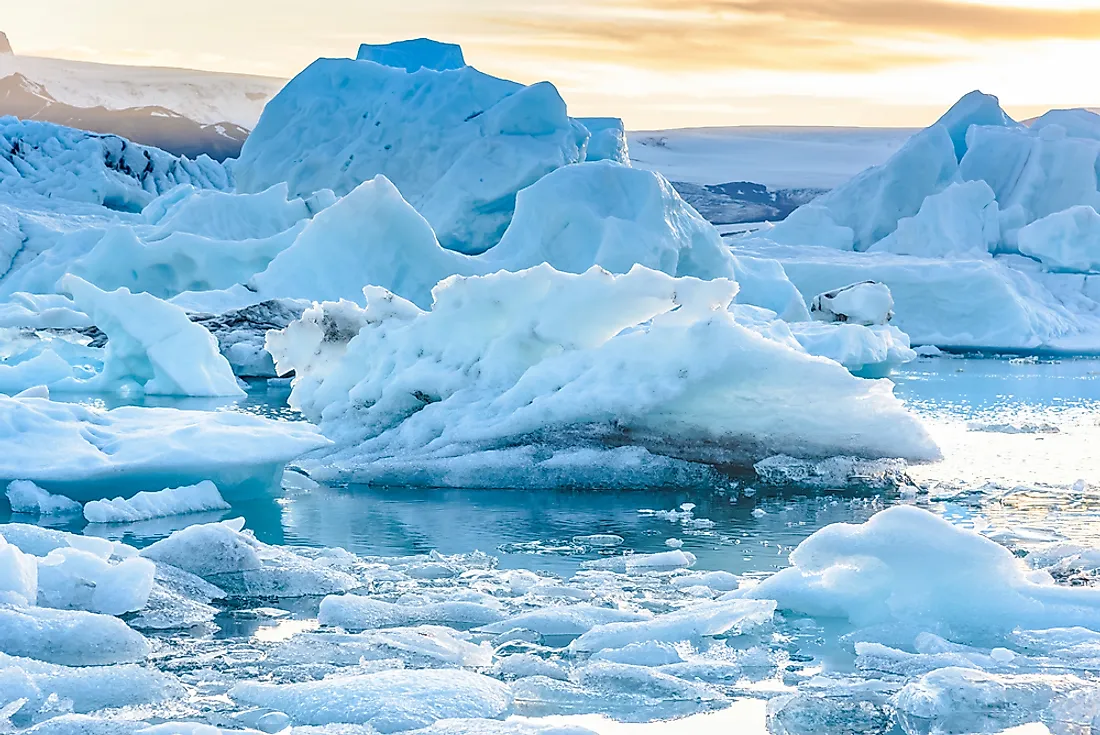Glaciology (from Latin: glacies, meaning “frost, ice”, and -logia) is the scientific study of glaciers, or more generally ice and natural phenomena that involve ice. Glaciology covers a wide range of topics from the dynamics of glaciers to their physical properties, ecology, and environmental interactions.
The field encompasses observations, experiments, theoretical analysis, numerical modeling, satellite remote sensing studies, and many other areas of research.
Glaciers are dynamic systems sensitive to changes in climate; as such glaciology is an important contributor to our understanding of global climate change. For this reason among others much of the research conducted in glaciology is interdisciplinary involving geophysics, atmospheric sciences, oceanography, hydrology and even biology.
A brief history of glaciology would begin with early observations made by scientists during expeditions in high latitude regions such as James Clark Ross who explored Antarctica during the 1840s. It was not until later in the 19th century though that serious scientific inquiry into glaciers began with the work done by people like Louis Agassiz who first proposed that Earth had gone through a period of global cooling followed by glacier advance. This theory was initially met with skepticism but subsequent observations and theoretical work has largely confirmed his hypothesis. In fact much of what we know about past climates comes from studying ancient glaciers and sediments they have deposited.
Work on modern glaciers really picked up steam in the early 20th century led by pioneers like Hannes Alfven and Arne Sucking who did some of the first experimental work on how liquid water flows under pressure within glaciers. The middle part of the 20th century saw significant advances in our understanding courtesy in part to better mapping techniques (e.g., aerial photography) which allowed for more detailed studies to be conducted as well as development theory describing how ice deforms over time under different stress conditions. By mid-century it was also becoming apparent that human activity could potentially impact glacier health leading to initiatives like GLACIERPACS (an international program set up monitor mountain glaciers).
With satellites now providing regular coverage of Earth’s surface there has been a boom in remote sensing studies investigating all aspects of glaciers from their topographical features down to processes occurring within them. At present there is growing concern over how climate change will impact Earth’s cryosphere (the portion consisting frozen water) with some models predicting major melting events even within this century if greenhouse gas emissions are not abated soon enough . As such there has never been a more critical time for ongoing research into all facets glaciology including monitoring current trends so society can make informed decisions about mitigating future impacts .


